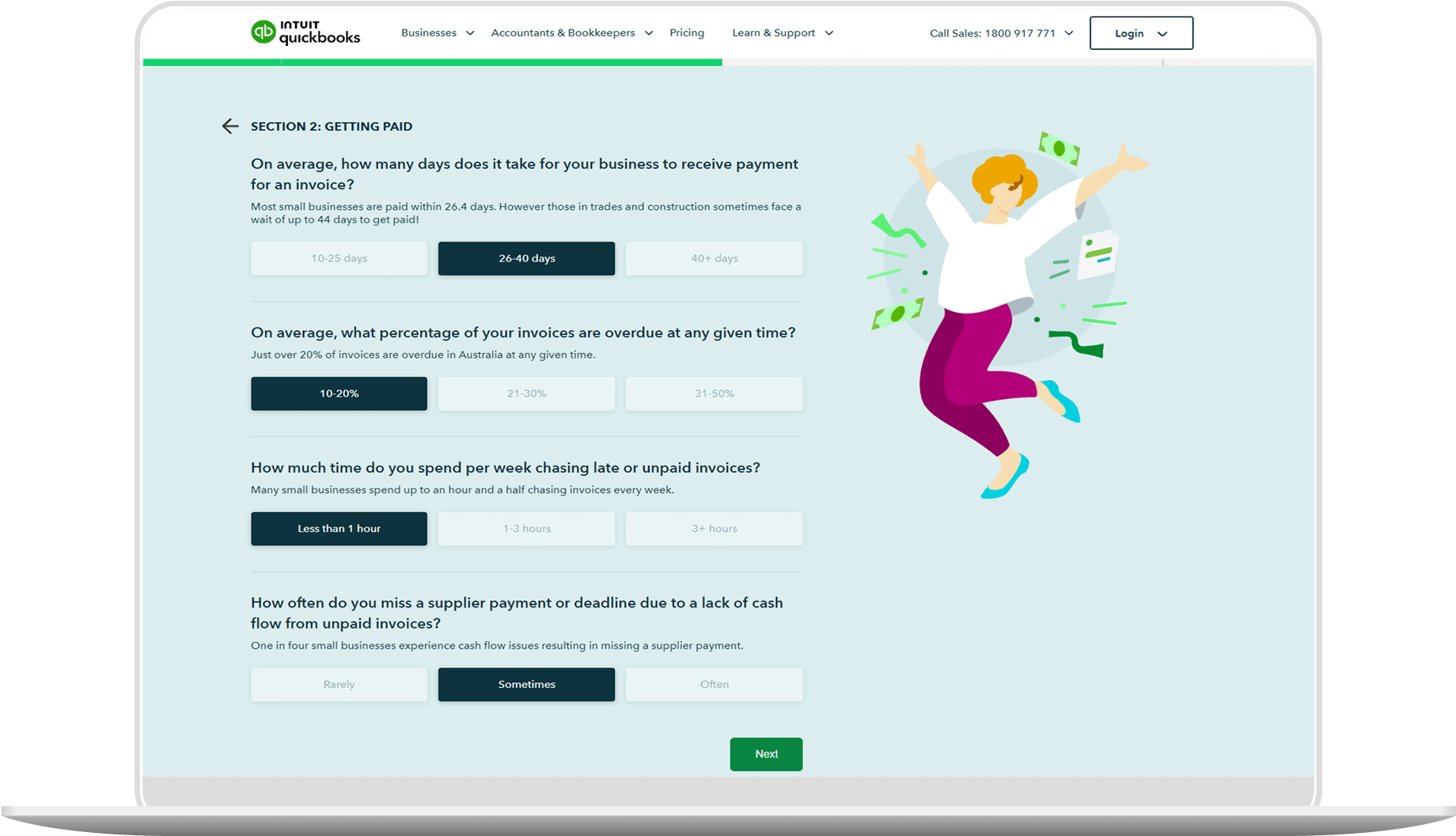Marginal tax rates depend on the financial year's taxable income. Income tax rates in Australia are progressive so, the more your income rises, the higher the marginal tax rate and the more you pay.

Marginal Tax Rates Australia. What are Marginal Tax Rates?
What Is Marginal Tax?
Marginal tax rates are the highest percentage rate of the income tax you pay. It applies to the portion of taxable income in the highest income tax bracket – it isn't applied to your total income.
Taxable income is the earned income you need to pay tax on, whether it's employment, investments or government payments. You can use income tax offsets and tax deductions to reduce your taxable income, thus reducing your income tax rates.
For example, a taxable income of $50,000 would pay an income tax rate of $5,092, which is 19 cents per every dollar between the lower threshold of $18,200 and the upper threshold of $45,000. However, for every dollar over $45,000, a marginal tax rate of 32.5 cents would apply.
If you earn somewhere in the region between $120,001 and $180,000 then you would pay a marginal rate of 37% on what you earn above $120,000. This does not factor in the 2% Medicare levy surcharge the majority of Australians are liable to pay.
Marginal Tax Rates
The typical marginal tax rate in Australia is 19%, but if you are a higher earner and exceed income thresholds you could be looking at the top marginal tax rate in Australia, which is 45%.
|
Financial Year Taxable Income |
Tax Payable |
|
Up to $18,200 |
0 |
|
From $18,201 to $45,000 |
19% |
|
From $45,001 to $120,000 |
$5092 plus 32.5 cents for each $1 over $45,000 |
|
From $120,001 to $180,000 |
$29,467 plus 37 cents for each $1 over $120,000 |
|
Over $180,001 |
$51,667 plus 45 cents for each $1 over $180,000 |
Marginal Tax Rates For Foreign Residents
Foreign residents do not operate on the same marginal tax rate scale as permanent Australian residents or citizens do.
The Australian Tax Office (ATO) doesn't use the same rules regarding foreign residents as the Department of Home Affairs. So, for tax purposes, you can be an Australian resident despite not being a citizen or permanent resident. Conversely, you may hold a visa without being an Australian resident for the purposes of tax.
The ATO uses the residency test as its primary method of determining tax residency. If you reside in the country, then you are classed as an Australian resident for the purposes of taxes. There are additional factors, such as intention and purpose, business and employment ties, social and living arrangements, family, and physical presence the ATO uses in the residency test. Even if you do not satisfy any of these conditions, there are three additional tests that could determine you as an Australian resident for tax purposes. These tests include the domicile test, the Commonwealth superannuation test, and the 183-test.
If in doubt, you can use the online tool to determine whether you are classed as a foreign resident. Foreign residents need to declare Australian earned income, including rental or employment income, capital gains on (Australian) assets, and Australian pensions and annuities. They are not entitled to the tax-free threshold applied to Australian residents' taxable income. Their income is taxed at a marginal tax rate between 32.5% and 45%.
|
Taxable Income |
Tax Rate |
|
Up to $120,000 |
32.5 cents per every $1 |
|
From $120,001 to $180,000 |
$39,000, plus 37 cents per every dollar over the threshold |
|
Over $180,000 |
$61,200, plus 45 cents per every dollar over the threshold |
Foreign residents do not need to worry about Medicare levy surcharges.
If your status changes during the financial year, you should still mark yourself as an Australian resident in the tax filing for that year. This can be a complicated process so it's best to speak to your financial advisor or accountant before doing so.
Marginal Tax Rates For Working Holiday Makers
If you are on a 417 or 462 subclass visa you are classified as a working holiday maker (WHM) for tax purposes. Like foreign residents, working holiday makers are subject to a different marginal tax rate in Australia. It is higher than the tax rates for Australian residents but lower than the foreign resident tax rates.
|
Taxable Income |
Tax Rate |
|
Up to $45,000 |
15% |
|
From $45,001 to $120,000 |
$6,750, plus 32.5 cents per every $1 over the threshold |
|
From $120,001 to $180,000 |
$31,125, plus 37 cents per every $1 over the threshold |
|
Over $180,000 |
$53,525, plus 45 cents per every $1 over the threshold |
Some WHMs are eligible to be taxed as resident Australians if they are from a non-discrimination article (NDA) country and can be considered a resident for tax purposes. NDA countries include Germany, Israel, the United Kingdom, Turkey, Finland, Japan, and Norway.
Additionally, employers who register with the ATO as a WHM employers withhold from WHMs. They use a rate of 15% for the first $45,000 of earnings. If you exceed this threshold, you will be liable for higher withholding rates.
If you do not have a Tax File Number (TFN), a 45% tax rate is applied to all income, not just that above the threshold.
QuickBooks Can Help
Tax filings can be a complicated process, which is why it's wise to enlist the services of a professional. It's the most effective way to ensure you apply every possible deduction and pay the correct effective tax rate.
When it comes time to file your tax return, you want to make it simple for yourself. And the best way to manage your financial situation is by using QuickBooks tax software to track your expenses, produce reports, and manage your cash flow. When the end of the financial year rolls around, everything you need will be just a click away. Whether you're a small business owner just starting out or a well-established chain, starting the financial year right is the surest way to effectively manage your cash flow and increase profits.
While every care has been taken to ensure the accuracy of the information presented as at 01 May 2023, Intuit is not providing you with professional advice and we recommend you obtain your own professional advice. Intuit is not liable for your use of the information presented.
Related Articles
Looking for something else?

TAKE A NO-COMMITMENT TEST DRIVE
Your free 30-day trial awaits
Our customers save an average of 9 hours per week with QuickBooks invoicing*
By entering your email, you are agree to our Terms and acknowledge our Privacy Statement.















